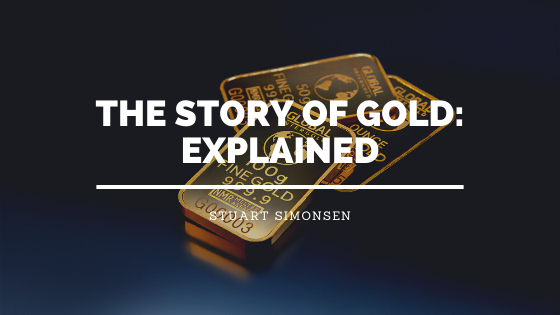Since the discovery of rare metals, gold has been and continues to be a valuable metal world wide. Initially, people discovered gold in its most raw and organic form. Nowadays, gold is viewed as a status symbol of wealth for those who can attain the resource. The resistance to deterioration made it a viable option in the jewelry industry. While scientists and archaeologists debate of the first discovery and use of gold, there’s no doubt it shaped the jewelry industry into the conglomerate it is today. Listed below is the first part of the story of gold: explained.
The first use of gold:
Around 2600 BC, Mesopotamians sought to make use of gold. At first, they made jewelry pieces out of the metal. As time moved on, different empires implemented gold into construction including Solomon’s iconic tomb. In addition, during this time, empires were contemplating methods for physical currency to replace the barter system. Around 700 BC, gold coins were first introduced as the first form of currency.
The turn of the common era:
Since the turn of the common era, gold is increasing in value and popularity. Many advancements were made to confirm the validity of the metal compared to other “phony” metals. Thus, in 1300, the first hallmarking practice was established. The practice, established in Britain, sought to compare all forms of gold for their karat amount and value. The collection of gold coins also saw an exponential increase. There were conferences held in Venice to collect gold coins in mint condition and determine the value of these coins. Venice is not the only city to hold a gold collection, as London has its own gold standard.
Goldrush:
I’m sure you’re all familiar with the gold rush that happened in the Mid-1800s in the western regions of the United States. Many small towns saw a spike in population due to the gold mining where gold was plentiful. At least 300,000 moved to California alone to seek the valuable metal.
Stay tuned for part 2, coming soon!
